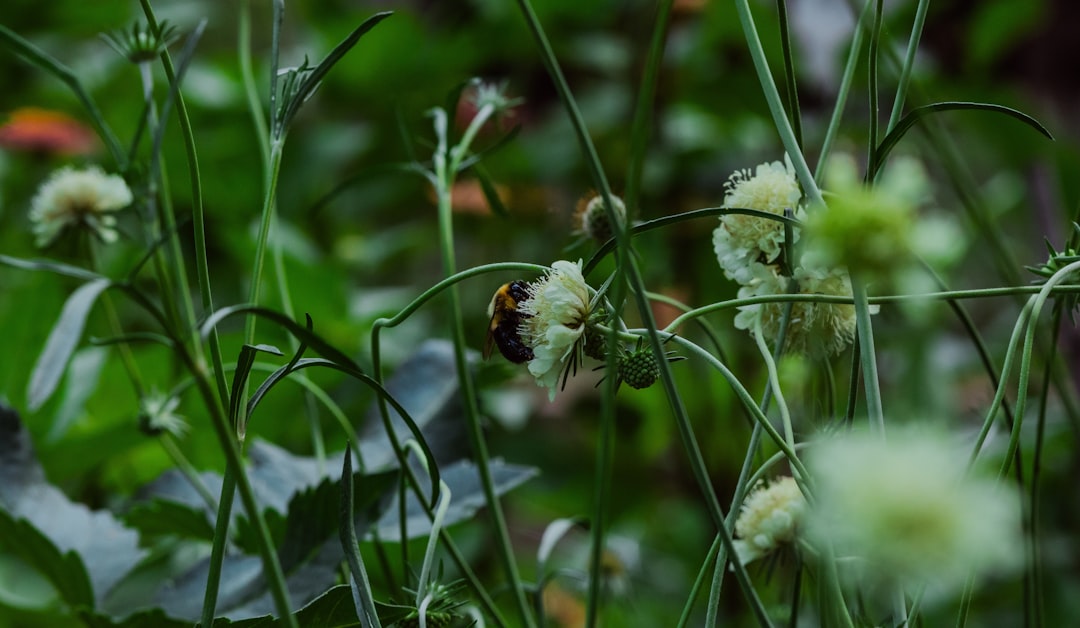Unveil the Secrets of Hosta Propagation in Your Shade Garden

Shade gardens possess a unique allure, with their cool, quiet corners that offer a respite from the harsh sunlight. Among the many plants that thrive in these conditions, hostas stand out as a favorite for their lush foliage and easy - going nature. If you're looking to expand your shade garden and increase the number of hostas, dividing your plants at the right time is a cost - effective and rewarding method. Here are the easy steps to achieve this, allowing your perennials to flourish.
First and foremost, understanding the best time to divide hostas is crucial. The ideal periods are either in the early spring, just as the new shoots are emerging, or in the early fall, about four to six weeks before the first expected frost. Spring division gives the plants a full growing season to re - establish their root systems, while fall division allows the hostas to settle in during the cooler months and be ready for a burst of growth in the spring.
Before you start the division process, gather all the necessary tools. You'll need a sharp spade or garden fork, a pair of pruning shears, and some compost or well - rotted manure. Begin by watering the hosta plant thoroughly a day or two before you plan to divide it. This helps to loosen the soil around the roots and reduces stress on the plant during the process.
When it's time to divide, use the spade or garden fork to carefully dig around the perimeter of the hosta clump. Start about 6 - 8 inches away from the base of the plant and work your way in, gently prying the clump out of the ground. Try to keep as much of the root system intact as possible. Once the clump is out of the ground, shake off any excess soil to get a clear view of the roots and the individual crowns.
Now, it's time to separate the clump into smaller sections. Look for natural divisions in the clump, where the crowns and roots are already somewhat distinct. You can use your hands to gently pull apart these sections, or if the roots are more intertwined, use the pruning shears to cut through the roots. Each division should have at least one healthy crown and a good amount of roots attached.
After dividing, it's important to prepare the new planting holes. Dig holes that are slightly larger than the root balls of the divisions. Mix some compost or well - rotted manure into the soil at the bottom of each hole. This provides essential nutrients for the newly divided hostas and helps to improve the soil structure.
Place each division in its respective hole, making sure that the crown is at or slightly above the soil level. Backfill the hole with soil, gently tamping it down around the roots to remove any air pockets. Water the newly planted divisions thoroughly to help them settle in.
Once the hostas are planted, proper after - care is essential. Keep the soil consistently moist but not waterlogged, especially during the first few weeks after division. Mulching around the plants can help to retain moisture, suppress weeds, and regulate soil temperature. Apply a layer of organic mulch, such as shredded bark or leaves, about 2 - 3 inches thick.
As the hostas grow, monitor them for any signs of stress or disease. Remove any yellow or damaged leaves promptly to prevent the spread of disease. Fertilize the plants in the spring and mid - summer with a balanced, slow - release fertilizer to promote healthy growth.
Dividing hostas not only increases the number of plants in your shade garden but also rejuvenates the existing ones. Over time, hosta clumps can become overcrowded, leading to reduced growth and smaller leaves. By dividing them, you give each plant more space to grow and access to essential nutrients and water.
In conclusion, following these simple steps for dividing hostas at the right time can transform your shade garden. You'll have a more abundant and beautiful display of these versatile perennials, adding texture and color to the shady corners of your outdoor space. So, roll up your sleeves, grab your gardening tools, and start multiplying your hostas today!